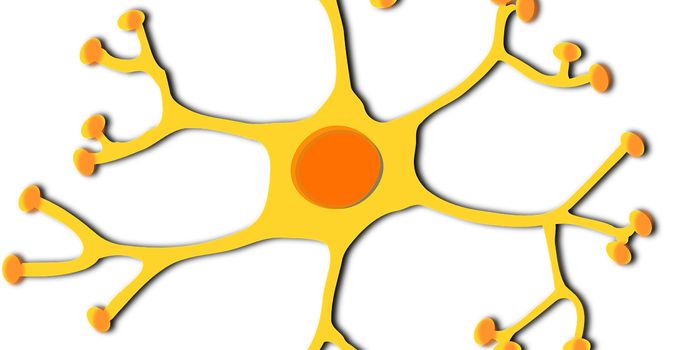Groups linked to the telecommunications industry claim there are no possible health impacts related to Wi-Fi use. Several recent studies signal that the opposite is true. The risks associated with Wi-Fi technology are becoming more of a concern as our exposure to these networks become more common. In addition to the almost constant exposure in urban environments, much of it is without our knowledge or consent.
Over 40 years ago, studies were conducted on similar electromagnetic fields (EMFs) from microwaves, which were found to have adverse health effects. While all of the studies in a recent report focused on Wi-Fi signal exposure, health effects of similar EMF exposures were confirmed previously in those earlier studies.
One of the main concerns in the face of dropping sperm counts worldwide is the influence Wi-Fi exposure has on reproductive health. Mice who were exposed to high levels of EMFs produced fewer offspring than average following exposure. Subsequent litters from the same mice were even smaller. Eventually, these mice were either completely sterile or had extremely low fertility. These lower levels of fertility did not subside after exposure was removed, suggesting it may be irreversible.
It is also possible for this DNA damage to occur in sperm cells, which could lead to mutations in future generations. These mutations likely lead to the elevated spontaneous abortion rate seen in mice who did get pregnant. It is also likely that mutations are irreversible as later mutations are unlikely to reverse previous ones. Research also suggests these mutations may be cumulative, accumulating over many generations.
Another concerning effect of Wi-Fi exposure is DNA damage. There is a relationship between this type of damage and the development of cancer. Although rates of cancer in the US dropped sharply between 1991 and 2015, exposure to EMFs over long periods can be cancer-causing.
Exposure was also found to produce calcium overload. This overload is thought to increase the likelihood of apoptosis, or cell death, which can be induced by excessive calcium in the mitochondria of a cell. Because calcium signaling regulates synaptic structure and function, it is thought that increased calcium can also produce adverse neurological effects.
In the above video, from TED, engineer Jeromy Johnson discusses the hazards of our increasingly connected world.
Sources: TED, Environmental Research
-
MAY 07, 2024Is It Anti-RNP or Anti-Sm/RNP?
- See More
-
APR 30, 2024Immuno-Oncology Virtual Event Series 2024
-
MAY 07, 20243rd International Biosecurity Virtual Symposium
-
MAY 23, 2024For the Love of Digital PCR 2024
- See More



















































